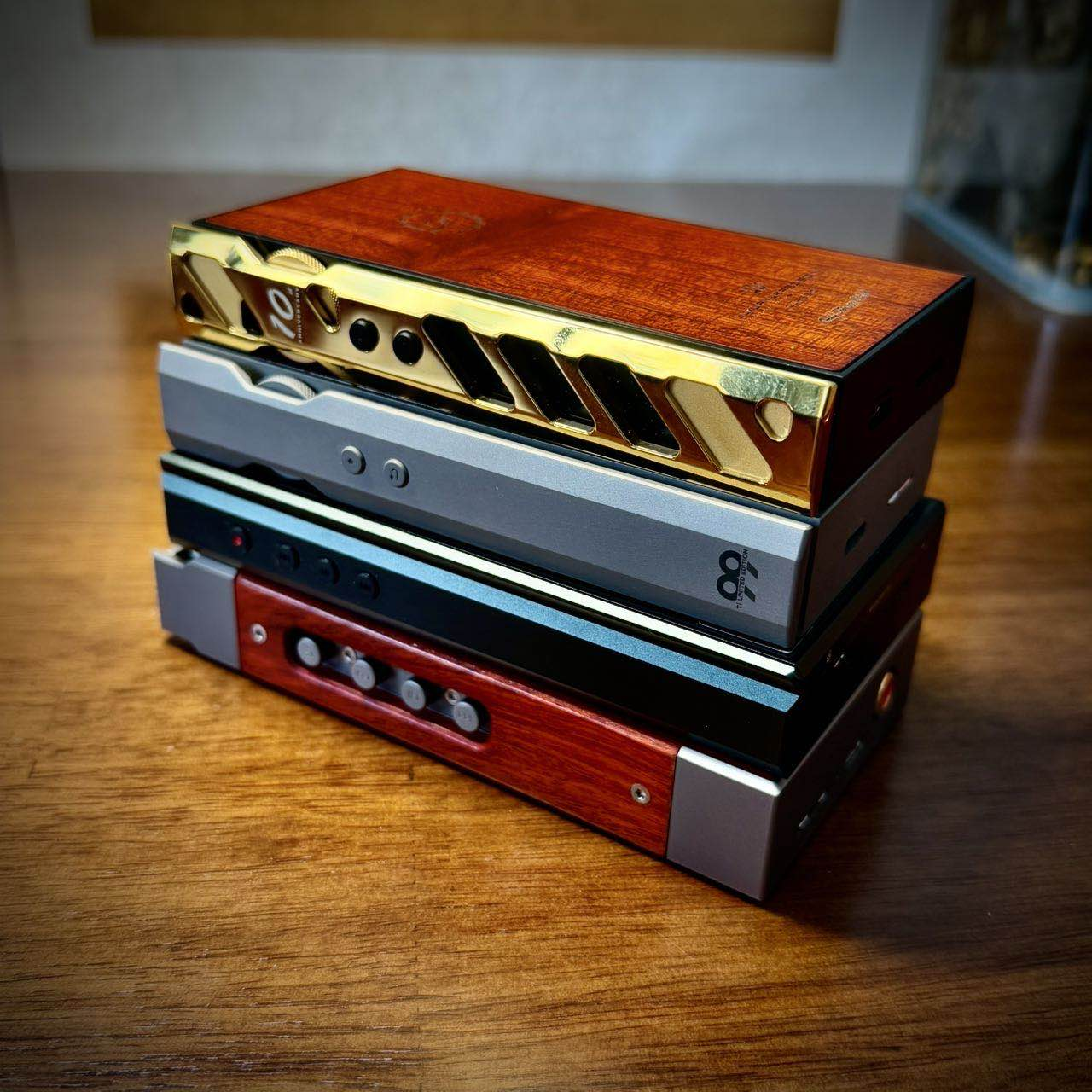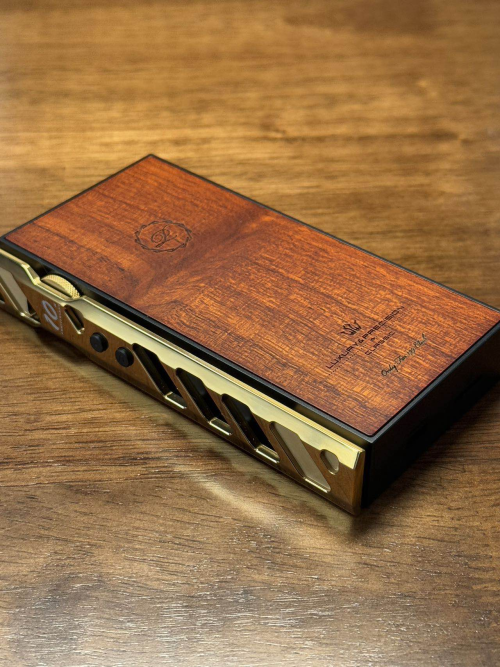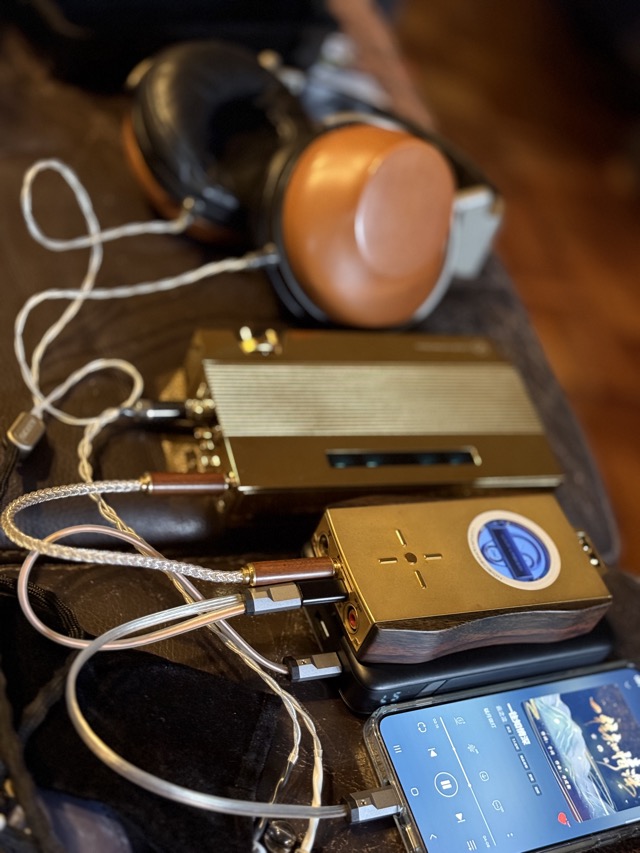thank you. Could you please post the whole article? It’s not accessible unless you have a weibo account.
Here you go, my friend.

Translation by Google Translate.
[Answering Friends' Questions] Lebi P6 Series Small Signal Reduction Performance Test
As the first DAP with fully separate R2R architecture on the market, the P6 has been on the market for 5 years. With the recent release of the masterpiece P6Pro 10th, the series has also brought the performance of R2R to the extreme in the portable category.
With the successive arrival of P6PRO 10th, some burning friends are still interested in the technology accumulated in the research and development of R2R in the past five years. If you want to know what the P6 series small signal reduction ability of the resistance fully separate R2R architecture is, this article will give data actual measurement and answers.
Taking Hi-End-level R2R decoding as the benchmark, 123dB is not "real dynamics"?
We learned that TotalDAC, a well-known French R2R DAC manufacturer, posted D1-Core's -120db sine wave FFT on its official website (as shown in the figure below, the picture has a link)
In fact, the dynamic range announced by the P6 series has expressed the ability to restore small signals, because the test principle of the dynamic range is to take the maximum output as the test reference 0db benchmark, and then test the small signal THD+N, such as -60db, and then subtract the attenuation 60dB to the dynamic range. This is measured Try to prevent cheating.
The figure below shows the A-combed THD+N AES17
@20KBW of P6PRO's -60dB, so the dynamic range is 63dB+60dB=123dB, but in fact, this
is not the real "dynamic range" of P6PRO, because it can be seen that -60dB is still However, there is a little harmonic weight, which will obviously lower the dynamic range.
So what will happen if the small signal continues to be reduced to -120dB? We continue to enlarge the Y axis of FFT. It can be seen that the test excitation signal of 1KHz -120db measured the peak value is about -119dB, and there is still a large contrast from the noise line below (32K FFT length) -155dB, and the THD+N at this time is -8dB. If we test the dynamic range according to -120dB small signal is used as a test stimulus of the dynamic range, so the dynamic range of P6PRO is
8dB+120dB=128dB, and
the test specification of the dynamic range was formulated earlier. At that time, the resolution of the equipment was not high, so -60 was taken as the small signal test standard, so we It is still to announce the dynamic range of the P6 series according to industry standards, but after all, P6PRO is just a portable discrete R2R decoding ear player designed many years ago. It has more digital broadcast, earbud and display driver and other circuits than pure decoding, so it also needs to balance the power consumption volume of the whole machine, etc., and separate from the high-end desktop R2 There is still a certain gap between R pure decoding.
Portable fully separate R2R DAP can also have a dark background? P6 background noise actual measurement
Put another picture of the background noise that everyone cares about. After all, this is a link that has a great impact on the hearing. This is the P6PRO maximum volume (60) 3.5mm PO port to play muted files with a background noise of
1.25uV.
Then don't forget that the volume control circuit of the P6 series is a
self-developed resistance matrix adjustment (some people say it is R2R volume), so let's try to turn down the volume: adjust the P6PRO volume to 50, and the test background noise result is
840nV. This reflects the advantages of self-developed resistance matrix adjustment. Because it is the attenuated analog circuit volume, that is, the decoded signal output and noise are attenuated, and the remaining noise is only the underlying noise of the ear-end circuit. Of course, it is meaningless to lower the volume test, because the base input noise of APX-555 is close to 800nV. To test the actual minimum background noise, an amplifier must be added to amplify the noise equiroto and then convert it.
Technology is the core guarantee of sound quality, and the ability to restore small signals is only one of the small details that reflect performance. I hope you can learn more about the P6 series through this article "Peeping in the Tube". If you have more technical questions about this series and R2R, please feel free to consult us. Thank you!








































